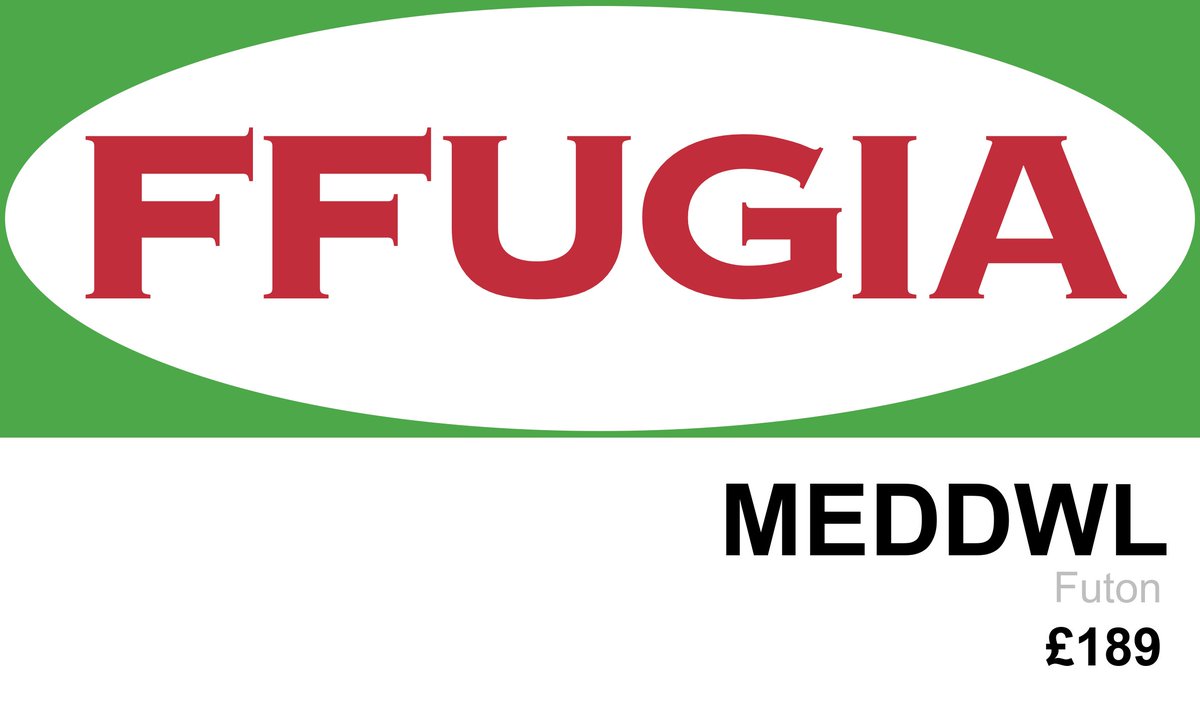@mesch_joo, @crathmann & @DLilloMartin presenting the aims and policies of the @SignLangLingSoc at #wfd2019.
Research on #signlanguages should:
- Promote and include #Deaf researchers
- Give back to the community (inform policy/lobby)
- Respect Deaf communities and diversity
Research on #signlanguages should:
- Promote and include #Deaf researchers
- Give back to the community (inform policy/lobby)
- Respect Deaf communities and diversity

There is tight collaboration with the WFD, who are sometimes better suited to lobby for #Deaf and #language rights to governments around the world (through national/regional associations)
#wfd2019
#wfd2019
Q: There are hearing researching #signlanguages without knowing how to sign, what do you think about this?
A: Increase the num of Deaf researchers and support collaborations between Deaf and hearing. Hearing researchers encouraged to sign! [signs hearing @DLilloMartin] #wfd2019
A: Increase the num of Deaf researchers and support collaborations between Deaf and hearing. Hearing researchers encouraged to sign! [signs hearing @DLilloMartin] #wfd2019

• • •
Missing some Tweet in this thread? You can try to
force a refresh












